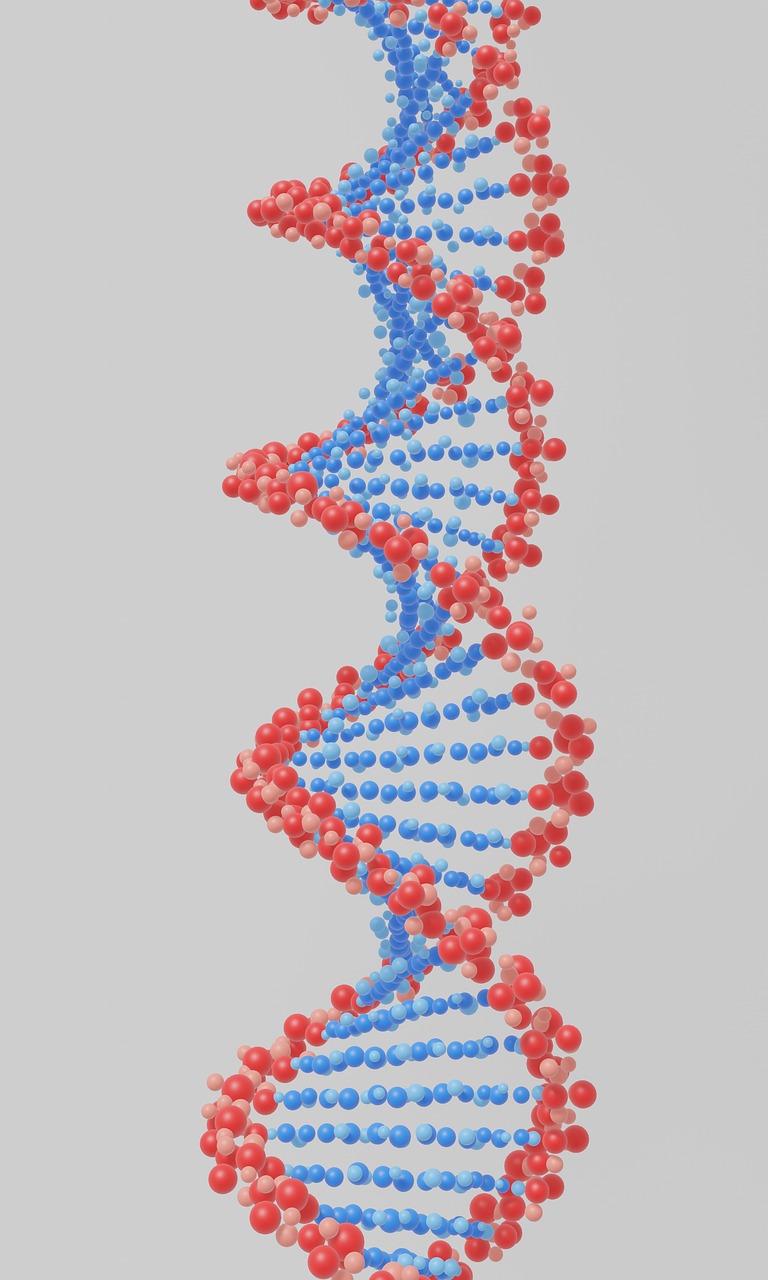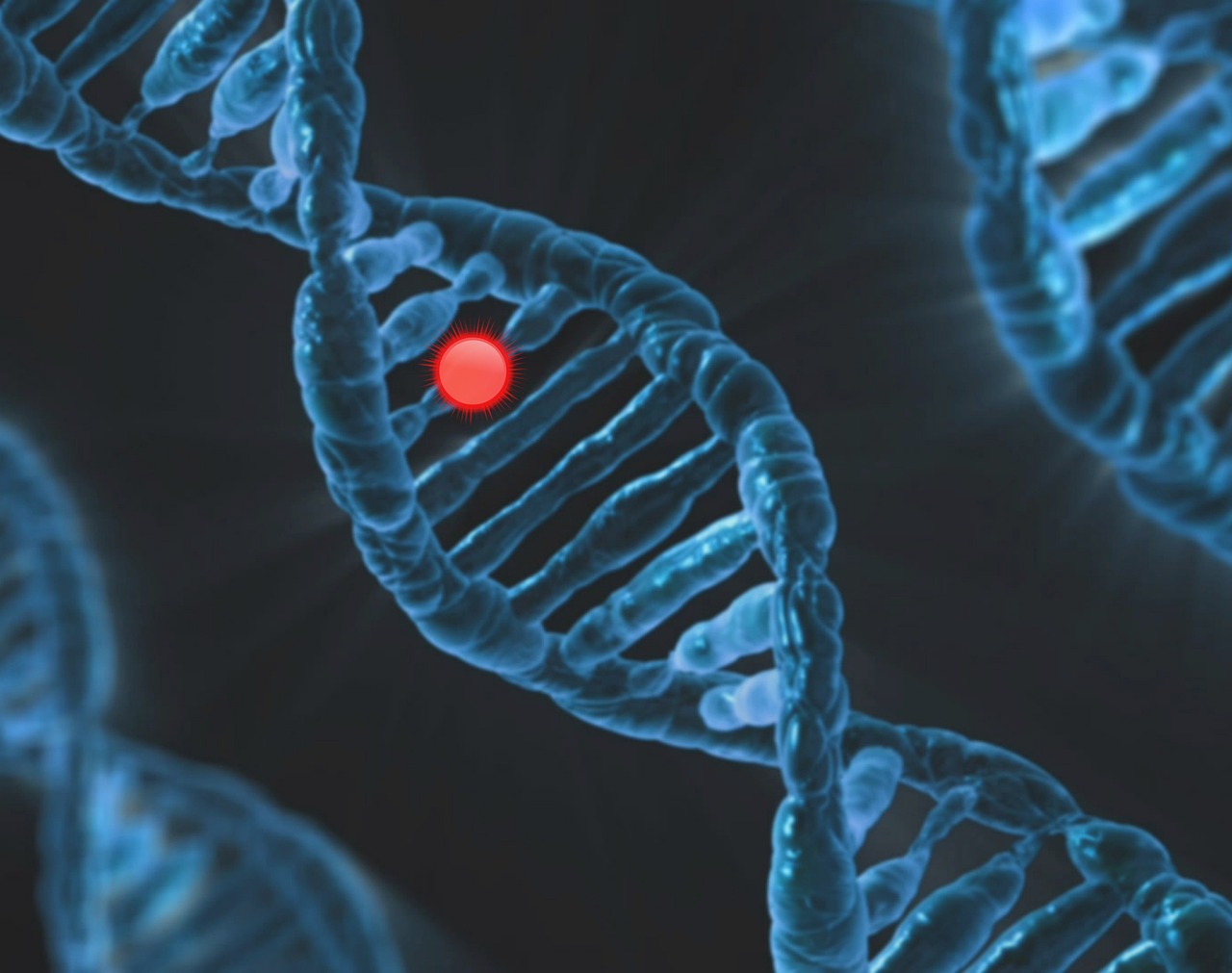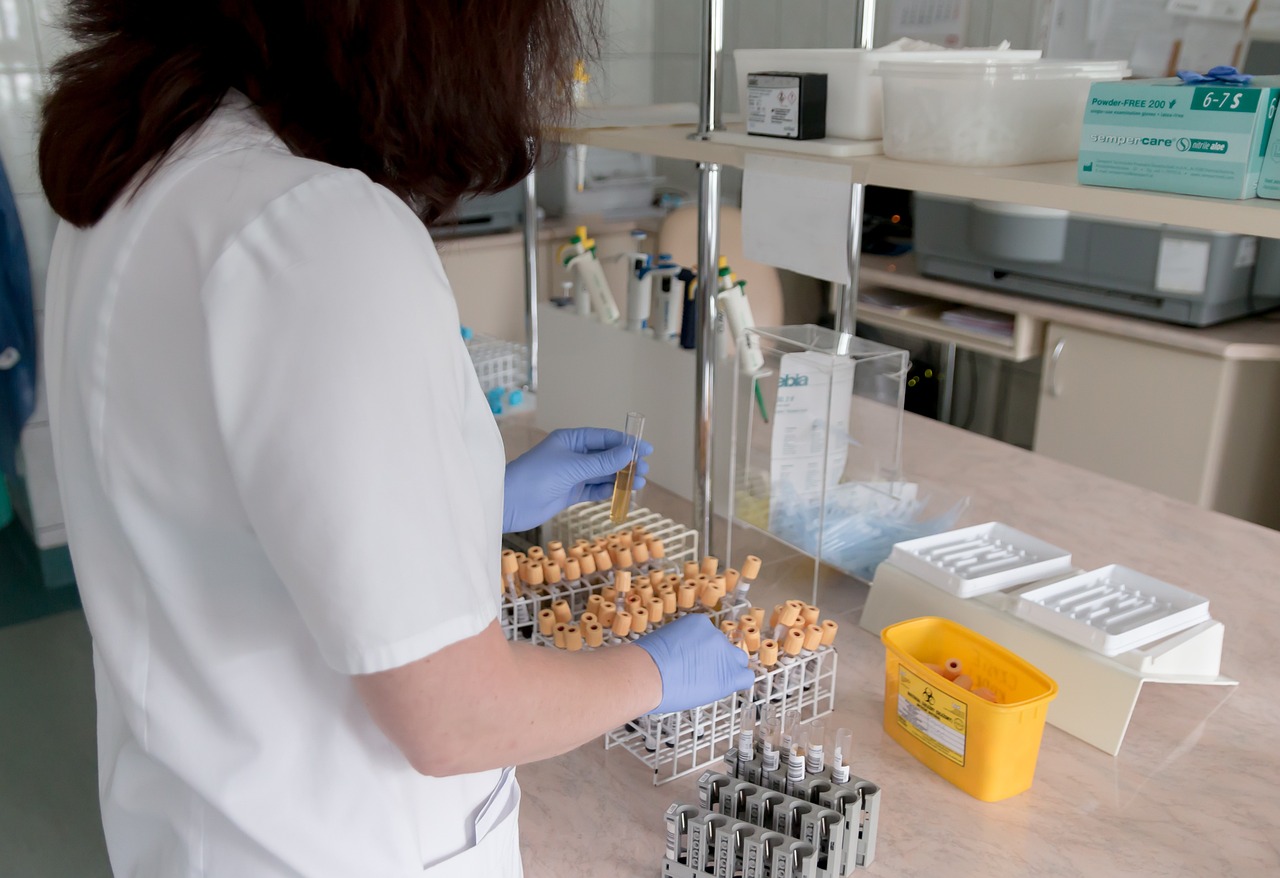Introduction.

In the period of huge information.
the field of bioinformatics has arisen as a basic device in propelling comprehension we might interpret hereditary qualities, development, and sickness. Bioinformatics, which joins science, software engineering, and data innovation, assumes a urgent part in breaking down and deciphering complex organic information. Scientists in this field are creating imaginative computational devices and calculations to remove significant bits of knowledge from huge datasets, changing the manner in which we study and figure out life at a sub-atomic level.

Description
One of the key regions where bioinformatics has made critical commitments is in genomics. The field of genomics means to concentrate on a creature's finished arrangement of DNA, known as its genome. With the coming of high-throughput sequencing advances, it has become conceivable to succession whole genomes rapidly and cost-really. Be that as it may, dissecting and deciphering this immense measure of genomic information wouldn't be imaginable without bioinformatics.

Bioinformatics devices and calculations are utilized to collect crude sequencing information, recognize hereditary varieties, and clarify qualities and administrative components inside the genome. This data is pivotal for grasping the hereditary premise of attributes and infections, as well concerning creating customized medication approaches custom-made to a person's hereditary cosmetics.

Another region where bioinformatics
is driving advancement is in developmental science. By contrasting the genomes of various species, specialists can recreate developmental connections and study the hereditary changes that have happened after some time. Bioinformatics devices assist with distinguishing monitored districts of the genome, which are probably going to be significant for the capability of qualities, as well as quickly developing locales that might be related with species-explicit attributes.
Notwithstanding genomics
and transformative science, bioinformatics is likewise assuming a vital part in understanding and fighting human illnesses. For instance, specialists are utilizing bioinformatics to break down quality articulation information from disease patients to recognize qualities that are differentially communicated in cancer cells contrasted with ordinary cells. This data can assist with recognizing potential medication targets and foster more successful disease medicines.

One of the difficulties in bioinformatics is the sheer volume of information produced by present day organic advancements. For instance, a solitary sequencing investigation can deliver terabytes of crude information. To deal with this information, bioinformaticians depend on superior execution figuring assets and particular programming apparatuses that are equipped for handling and examining huge datasets proficiently.

To address this test, specialists are growing new bioinformatics techniques and calculations that are advanced for enormous information investigation. For instance, AI calculations are being utilized to recognize designs in genomic information that might be related with illness chance or treatment reaction. Additionally, network examination strategies are being utilized to concentrate on complex organic frameworks, for example, protein cooperation organizations, to comprehend how qualities and proteins associate with one another in cells.
Conclusion
All in all, bioinformatics is a quickly developing field that is reforming the manner in which we study and grasp science. By creating imaginative computational apparatuses and calculations, bioinformaticians can remove significant experiences from huge datasets, propelling our insight into hereditary qualities, advancement, and illness. As natural innovations keep on progressing, bioinformatics will assume an undeniably significant part in driving organic revelation and working on human wellbeing.



You must be logged in to post a comment.